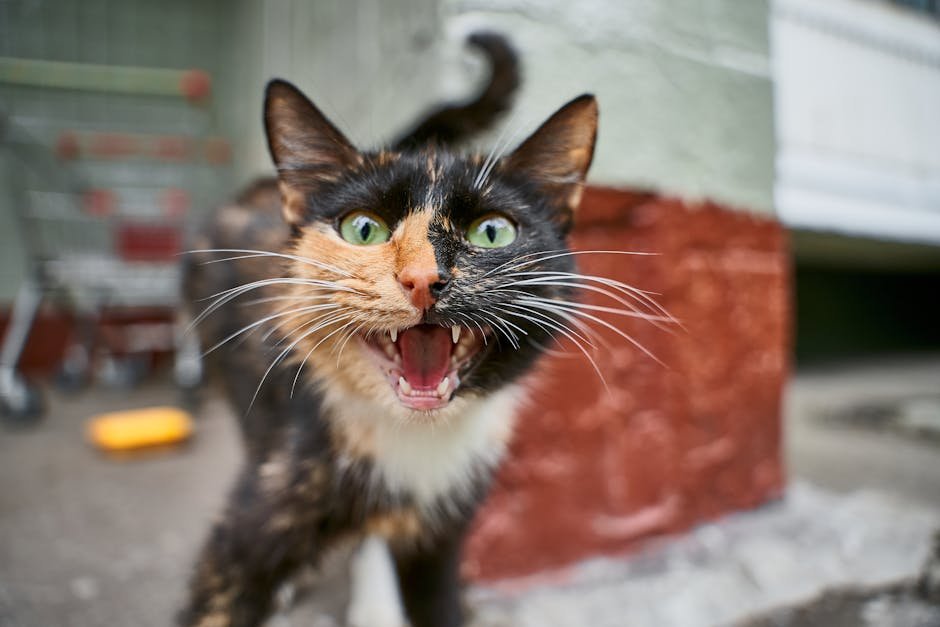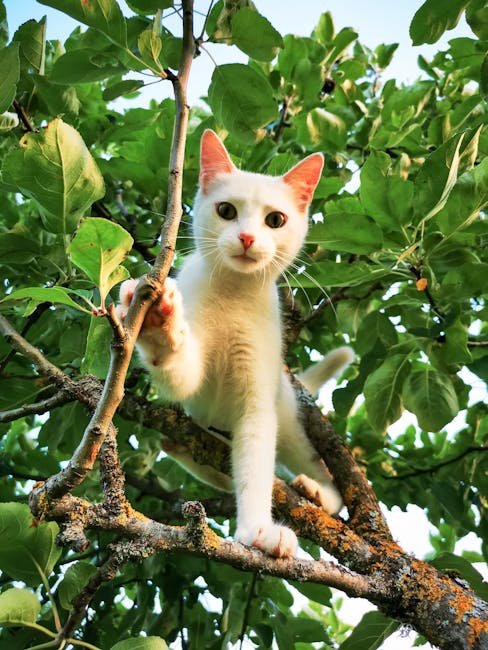Cats are fascinating creatures, full of mystery and charm. However, just because they seem independent, it doesn’t mean they thrive in any environment. Like humans, they need stimulation to stay happy and healthy. If your feline friend seems a bit off, it might be because their environment lacks the excitement they crave. Recognizing the signs can help you make necessary changes to ensure your cat is living its best life.
Lack of Playfulness
Cats are naturally playful, especially when they are young. If your cat seems disinterested in toys or games, it could be a sign that its environment isn’t stimulating enough. Just like when a child gets bored of old toys, a cat needs novelty and variety to keep its interest piqued. Consider introducing new toys or interactive games to rekindle its playful spirit. Even simple changes, like rotating the toys available, can make a big difference. Remember, a playful cat is a happy cat, and ensuring they have enough to engage with is crucial.
Excessive Sleeping
While it’s true that cats sleep a lot, there’s a difference between being naturally sleepy and excessively sleeping due to boredom. If your cat spends most of its time snoozing, it might be because there’s nothing else to do. Cats, like people, can sleep out of boredom when they lack stimulation. Providing more engaging activities or even just a window perch to watch the world can help reduce this. More interaction and mental challenges can do wonders in reducing excessive napping.
Overeating or Undereating
Changes in eating habits can be a sign of environmental dissatisfaction. A cat that eats too much might be doing so out of boredom rather than hunger. On the other hand, a cat that eats too little might be feeling stressed or depressed. Both behaviors can stem from a lack of environmental stimulation. Regular playtimes, interactive feeders, or puzzle toys can encourage healthier eating behaviors. By ensuring your cat is mentally and physically engaged, you can help maintain its dietary balance.
Destructive Behavior
If your cat is scratching furniture or knocking objects off shelves more than usual, it might be acting out of boredom. Destructive behavior is often a cry for attention or excitement. Cats need to exercise their instincts, and without proper outlets, they might resort to undesirable activities. Providing a variety of scratching posts, climbing trees, and interactive toys can redirect this energy positively. Remember, a busy cat is less likely to be a destructive one.
Excessive Grooming

Cats are known for their grooming habits, but excessive grooming can be a sign of stress or boredom. If your cat is licking itself to the point of bald spots or irritation, it’s a red flag. Often, this behavior is a coping mechanism for an unstimulating environment. Introducing new activities or spending more time engaging with your cat can help alleviate this issue. A well-stimulated cat will typically have more balanced grooming habits.
Lack of Interest in Surroundings
Cats are naturally curious creatures. If your cat shows little interest in its surroundings, it might indicate a lack of environmental stimulation. A cat that doesn’t care to explore or investigate might be feeling unfulfilled. Providing new experiences, like access to different rooms or outdoor views, can reignite its curiosity. Sometimes, simply changing their habitat can offer a new perspective and rekindle their interest in the world around them.
Frequent Vocalization

Excessive meowing or vocalization can be a sign your cat is seeking more stimulation. Cats communicate through their vocal cords, and increased noise can indicate they’re trying to tell you something. If your cat suddenly becomes more vocal, it might be expressing boredom or frustration. Engaging with your cat, offering new toys, or creating interactive play sessions can help reduce this behavior. Listening to your cat’s vocal cues and responding appropriately can strengthen your bond as well.
Withdrawal or Hiding
A cat that frequently hides or withdraws from social interaction might be signaling it’s not content with its environment. Cats that feel unfulfilled or stressed often retreat to spaces where they feel safe. If you notice this behavior, it might be time to assess and enrich their environment. Providing quiet, safe spaces, along with engaging activities, can help your cat feel more secure and less inclined to hide away. Remember, a confident cat is a well-stimulated cat.
Lethargy or Lack of Energy

Cats that seem unusually lethargic might be suffering from an unstimulating environment. While cats do enjoy their naps, a lack of energy during their waking hours can be concerning. This might indicate they’re not getting enough mental or physical stimulation. Encouraging regular play sessions and providing toys that challenge them can help boost their energy levels. Active engagement is key to ensuring your cat remains lively and spirited.
Aggression or Irritability

Aggressive or irritable behavior in cats can sometimes be linked to a lack of stimulation. When cats feel under-stimulated, they might lash out or become more sensitive. This isn’t just a reaction to their immediate environment but also a call for more excitement or engagement. Offering more interactive playtime or introducing new toys can help channel this energy positively. Ensuring your cat has a rich, engaging environment can help reduce these aggressive tendencies.
In conclusion, recognizing the signs of a cat’s need for more environmental stimulation is essential for their well-being. By understanding these behaviors and responding with enriching activities, you can ensure your feline friend remains happy, healthy, and engaged.
Hi, I’m Bola, a passionate writer and creative strategist with a knack for crafting compelling content that educates, inspires, and connects. Over the years, I’ve honed my skills across various writing fields, including content creation, copywriting, online course development, and video scriptwriting.
When I’m not at my desk, you’ll find me exploring new ideas, reading books, or brainstorming creative ways to solve challenges. I believe that words have the power to transform, and I’m here to help you leverage that power for success.
Thanks for stopping by, Keep coming to this website to checkout new articles form me. You’d always love it!






